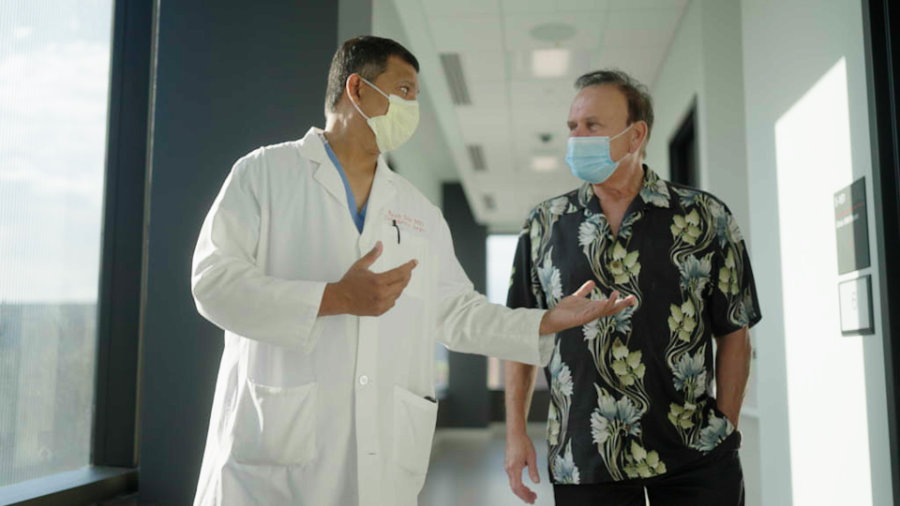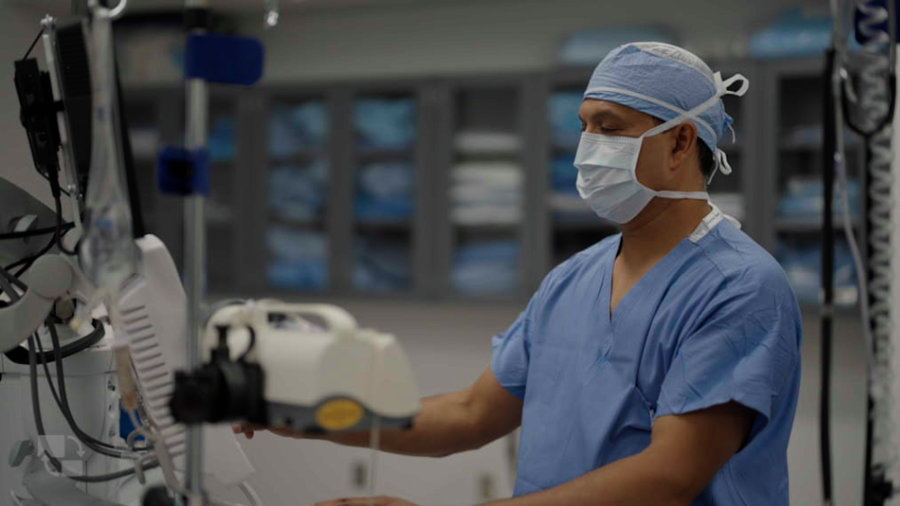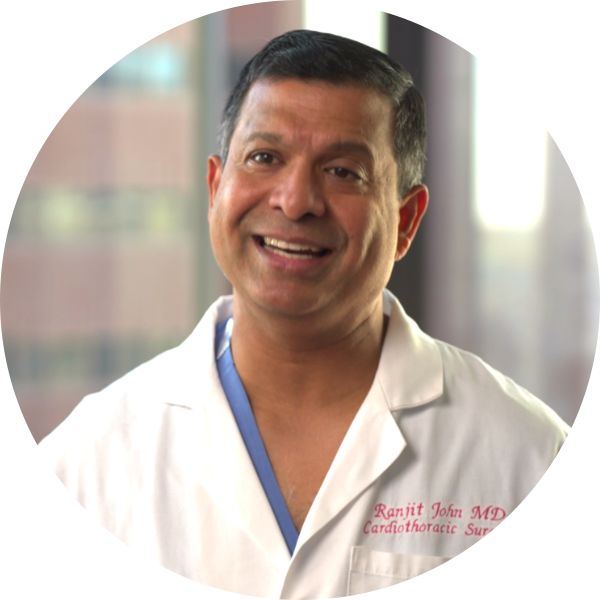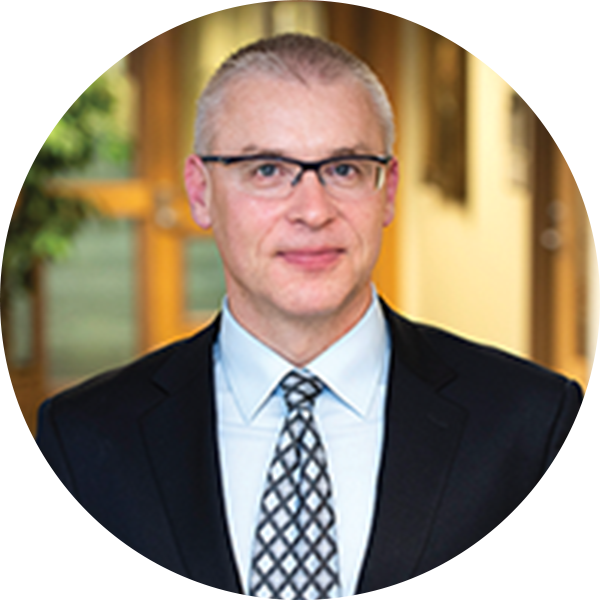A passion for fighting the leading cause of death
Heart disease? No way, thought 74-year-old Brad Peterson.
The Eden Prairie man not only ate a healthy diet, he wrote an award-winning book about it.
He exercised regularly, too, an active member of a club where he loved playing pickleball.
To top it off, he felt perfectly fine, but then, thinking of his family history, he wonders: “Was I in denial?”
When a second and third opinion confirmed the diagnosis, Brad searched for a doctor to perform open-heart surgery.
He chose one of the best in Dr. Ranjit John, recently named to head the University of Minnesota’s celebrated cardiothoracic division.
Says Brad: “Dr. John took the time to put me at ease with the procedure. He even invited me back to talk some more.”

A family here
It was Dr. C. Walton Lillehei who put the University of Minnesota’s cardiac program on the map when he performed the first successful open-heart surgery nearly 70 years ago.
Since then, the school’s ever-innovative team has pioneered more and more medical breakthroughs, including the development of heart valves, stents, and a battery-powered pacemaker.
Here’s where this particular story comes full circle: Dr. John’s father, a heart surgeon himself, studied under the revered Dr. Lillehei at the U of M in the mid-1960s.
And Brad’s father was Dr. Lillehei’s patient.
But, while Dr. John is well aware of the legacy he inherited, the pressure is nothing compared to what he and his teammates face every day.
“Whether I’m doing an operation for the 100th or 2,000th time,” he says, “I honestly try to remind myself of my first day in the OR so that I can emulate that kind of excitement and ongoing attentiveness to detail.”
A game-changer
U of M doctors wear more than one hat —clinician, teacher, and, here’s where the innovation comes in, researcher.
One of Dr. John’s passions in that arena is developing a mechanical pump that can do the work of the heart.
While a heart transplant is often the goal, there aren’t nearly enough donors to meet the demand.
The HeartMate pump—Dr. John has implanted some 400 of them over almost two decades—has become a lifesaver for patients with no time to climb that wait list.
And it’s why one of Dr. John’s priorities, in his new role, is closer collaboration between his team and medical device manufacturers, many located right here in Minnesota.
“They need our input in order to know our ideas about the problems that we face at the bedside,” Dr. John says. “And we need them to provide the technology to improve the outcomes for our patients.”

I made a good choice
Brad lost both his father and brother to heart disease.
So he had reason to have Dr. Christina Fanola from M Health Fairview as his cardiologist.
It was she—through the sound images from a transesophageal echocardiogram—who showed him that his heart was, indeed, failing and, without intervention, only going to get worse.
Open-heart surgery, Dr. John explains, allowed him to implant a new valve to replace the one that was leaking, as well as to install a clip to prevent blood clots.
The result: A heart that was operating at just 50 percent efficiency before the surgery is now working at full power.
Says Brad, back at his club playing pickleball after just four months of recuperation and rehabilitation: “I trusted Dr. John and Dr. Fanola. I had faith that they really cared. That put me in a comfortable place.”
New Treatments for Heart Disease
Dr. Ranjit John shares his insight on innovations
1. Minimally invasive open heart surgery
2. Innovations for treating older patients
PUTTING DISCOVERY INTO PRACTICE
M Physicians are an extension of the University of Minnesota Medical School. As Medical School faculty, they are always looking for new and better ways to treat patients, whether in the laboratory or the clinic. And through clinical trials, cutting-edge therapies are sometimes available to patients when the standard of care is no longer enough.
What is Academic Medicine?
Most medicine is practiced within what is called “the standard of care.” Simply put, “standard of care” is the treatment that is commonly accepted for treating illness. This is a good thing! It means that patients receive treatments that are known to be generally effective and reliable.
The goal of academic medicine is to treat patients while looking for better therapies. It takes the toughest problems from the clinic and looks for solutions in our research. Many of our physicians — leaders in their fields — are also scientists.
When a patient faces an illness that requires treatment that exceeds the standard of care, academic medicine can provide access to newer therapies.




